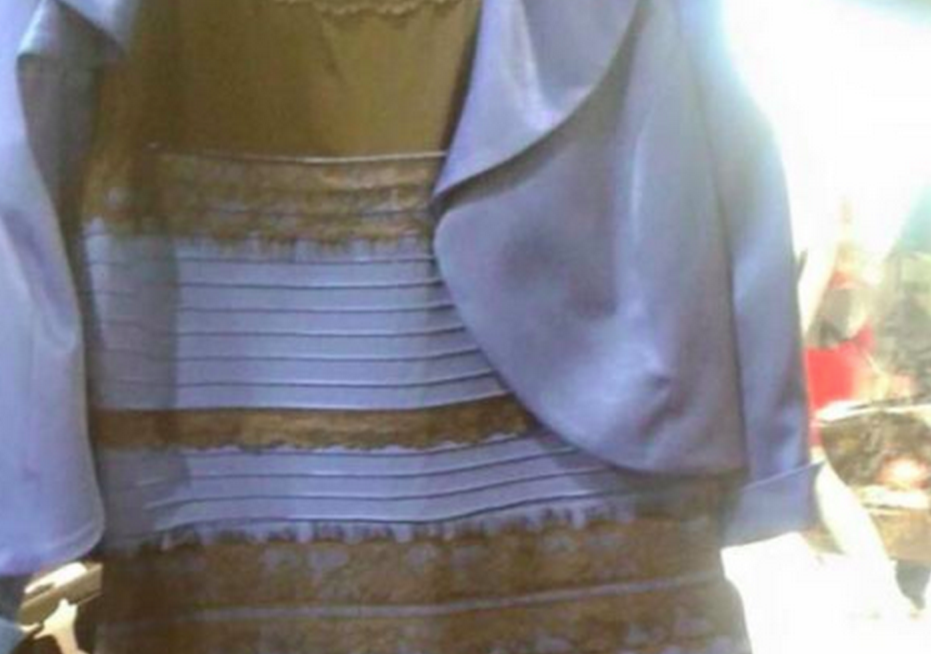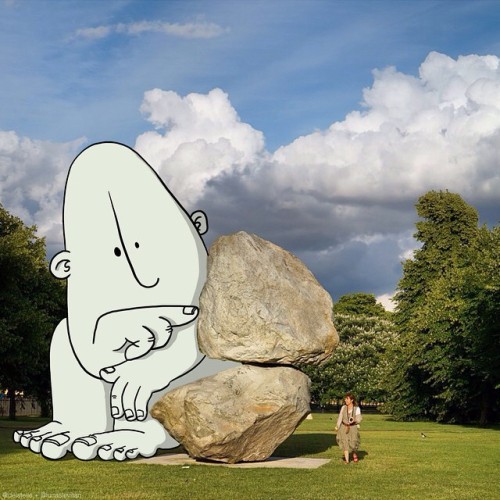I love this so much. This service, Dumb Cuneiform, takes the messages you send using a frictionless, ephemeral, media transmission service built using modern ‘script’ (code and pixels) — Twitter — and converts them to a solid, long lasting, tangible message written in ancient script (cuneiform etchings). It’s brilliant.

Here’s a couple of paragraphs from my thesis that might explain why I think this is so cool.
“The written word evolved from image to word – the hieroglyphics of Egypt, to the Cuneiform text of Sumeria, to various alphabets. With alphabets came the rise of literature and scribal cultures, and the evolution of new languages. These were applied to changing mediums, from the walls of pyramids, to clay tablets, to papyrus. The rise of papyrus did not signal the end of communication with stone, just as the rise of the written word did not signal the end of visual communication. Communicative texts are produced on a space-time grid – durable media (eg stone inscriptions) emphasise time, while portable media (eg papyrus) emphasise space. This use of a medium is the choice of the communicator based on the situation and intention…
Low levels of literacy meant the first audience for written texts was smaller than a visual or spoken communicative act, but the ease of transmission of a papyrus scroll, as compared to a stone stelae, or clay tablet, transformed the reach of the written word. This reach depended on portability and repetition, or transmission of the message…
The success of any empire is proportionate to the success of its communication program. [Marshall] McLuhan expanded [Harold] Innis’ insight to suggest the empires who coped best with change had the best chance of expansion and longevity because “Any change in the forms or channels of communication, be it writing, roads, carts, ships, stone, papyrus, clay, or parchment, any change whatever has revolutionary social and political consequences.” The kingdoms that coped with this change were the kingdoms that thrived.”
You put stuff in stone if you want it to last, but to be harder to transport than paper, or the spoken word. You put stuff on paper, and make lots of copies, if you want it to spread throughout the borders of your empire (or beyond), and if you want this distribution to happen quickly. There are lots of examples of the rise and fall of empires from history that follow the Innis-McLuhan theory described above. People who grapple with how their messages can be supported by the available mediums are generally more successful than people who don’t. Here’s an example; the success of the Protestant Reformation which is often attributed to the printing press, was in part possible because the media the Reformers used was able to be spread quickly, and supported its basic thesis that people everywhere could, and should, know things about theology (the ‘priesthood of all believers’). The transmission of the key messages of the Reformation was supported by the media the Reformers used to carry these messages. The Catholic Church built big and beautiful churches out of stone, and couldn’t shift media practices — including the choice of medium — without ceding a vital point about lay people and their desire to read stuff in a language other than Latin. The war of these ’empires’ was, in some sense, determined by the media they used to fight it. Your choice of where to put stuff you want to say on the ‘space-time’ grid — timeless or timely — is important.
This service, Dumb Cuneiform, is fun because it invites us to ask questions about how we use media now, and what sort of messages we have become more likely to send via our digital media channels because they work to collapse the obstacles of space (digital messages occupy no physical space — they’re not paper or stone), and time (we can fling things across the globe instantly, they last in some sense, forever), and so cost. The ‘new media grid’ means messages are cheap to produce and last forever, but this means, too, that many more messages are produced and so nobody cares about, or can pay attention to, everything an ’empire’ writes — or everything you write. This service tips the scales back. It takes 2 weeks, and the process of etching and baking a tablet takes significantly more time than belting out a tweet.
You tweet stuff if you want to get it out fast, but to not last much beyond the average time the tweet stays on the first page of your follower’s twitter feed (unless you get your tweet favourited, which is a move towards permanence). This service is fun because it turns the nature of Twitter on its head, and maybe asks us to consider just how vapid our communication has become.
How are you using modern mediums to build something timeless — as the empire builders of the past did?
What would the internet look like if people started crafting their tweets as if they were going to be etched in stone?







